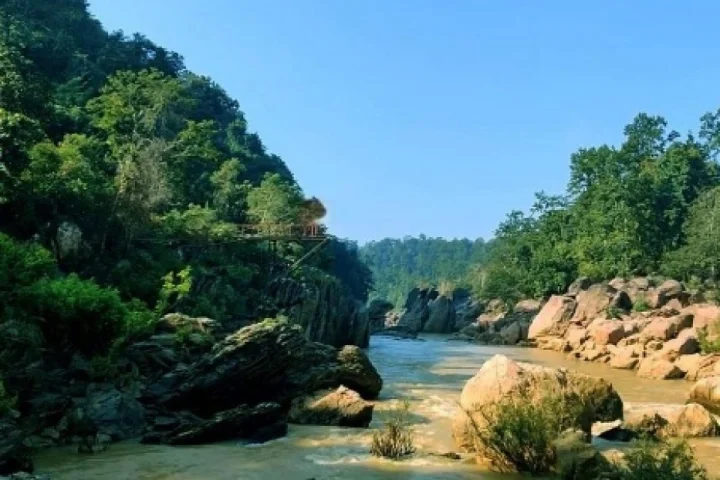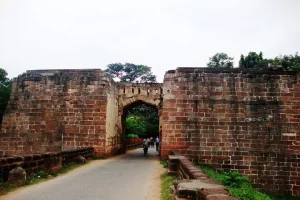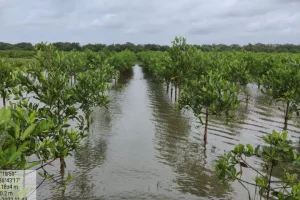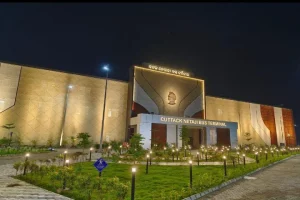Odisha government has declared Gupteswar Forest — adjacent to the famous Gupteswar Shiva temple in Dhondrakhol reserve forest — as the fourth Biodiversity Heritage Site (BHS) of Odisha.
The government has also asked the Odisha Biodiversity Board to prepare a long term action plan for the intensive conservation and development of all the four biodiversity-heritage sites including gupteswar forest.
The government has provided Rs 35 lakhs for preparation of action plan and awareness building activities in the localities.
Along with its sacred grooves traditionally worshiped by the local community, the site, spread over 350 hectares of demarcated area, is bestowed with a wide range of flora and fauna.
“Biodiversity inventory and survey conducted by the Odisha Biodiversity Board shows the presence of at least 608 faunal species including 28 species of mammals, 188 species of birds, 18 species of amphibia, 48 species of reptiles, 45 species of pisces, 141 species of butterflies, 43 species of moths, 41 species of odonates, 30 species of spiders, six species of scorpion, and 20 species of lower invertebrates,” official sources added.
The board during its survey has also documented the presence of significant faunal species like mugger crocodile, kanger valley rock gecko, sacred Grove Bush Frog, and avifauna like black baza, Jerdon’s baza, Malaber trogon, common hill myna, white-bellied woodpecker, and banded bay cuckoo, etc.
The limestone caves of Gupteswar are adorned with eight species of bats out of the total 16 species found in southern Odisha. Among them, two species Hipposideros galeritus and Rhinolophus rouxii are under the near threatened category of the International Union for Conservation of Nature.
This site also consist rich floral diversity including 182 species of trees, 76 species of shrubs, 177 species of herbs, 69 species of climbers, 14 species of orchids and threatened medicinal plants like Indian trumpet tree, Indian snake root, Cumbi gum tree, Garlic pear tree, Chinese fever vine, Rohituka tree, Jodpakli, Indian jointfir, a number of wild crop relatives of ginger and turmeric.
In addition to this, many agriculturally and industrially important micro-organisms have also been indicated to exist in this primeval ecosystem.
The other three biodiversity-heritage sites include The other three biodiversity-heritage sites include Mandasaru Hills, Kandhamal district, Mahendragiri Hills, Gajpati district and Gandhamardan Hills in the Bolangir and Bargarh district.




















